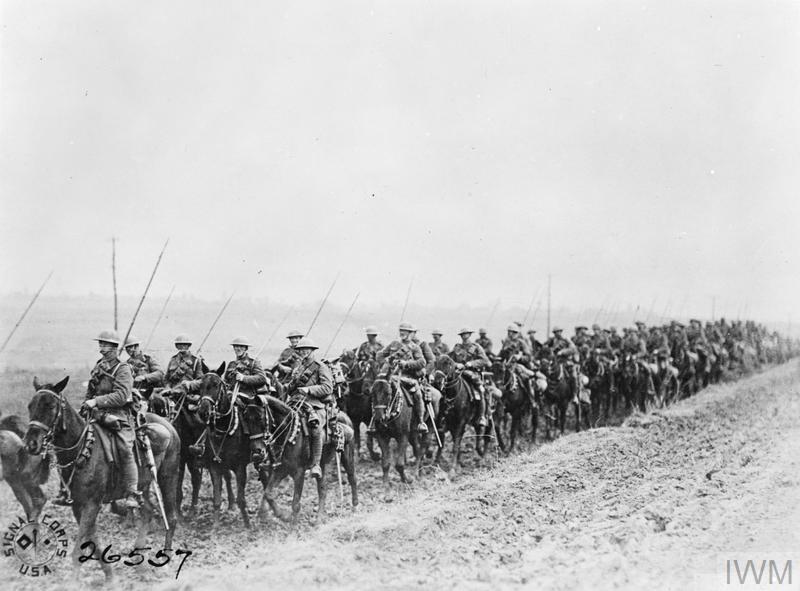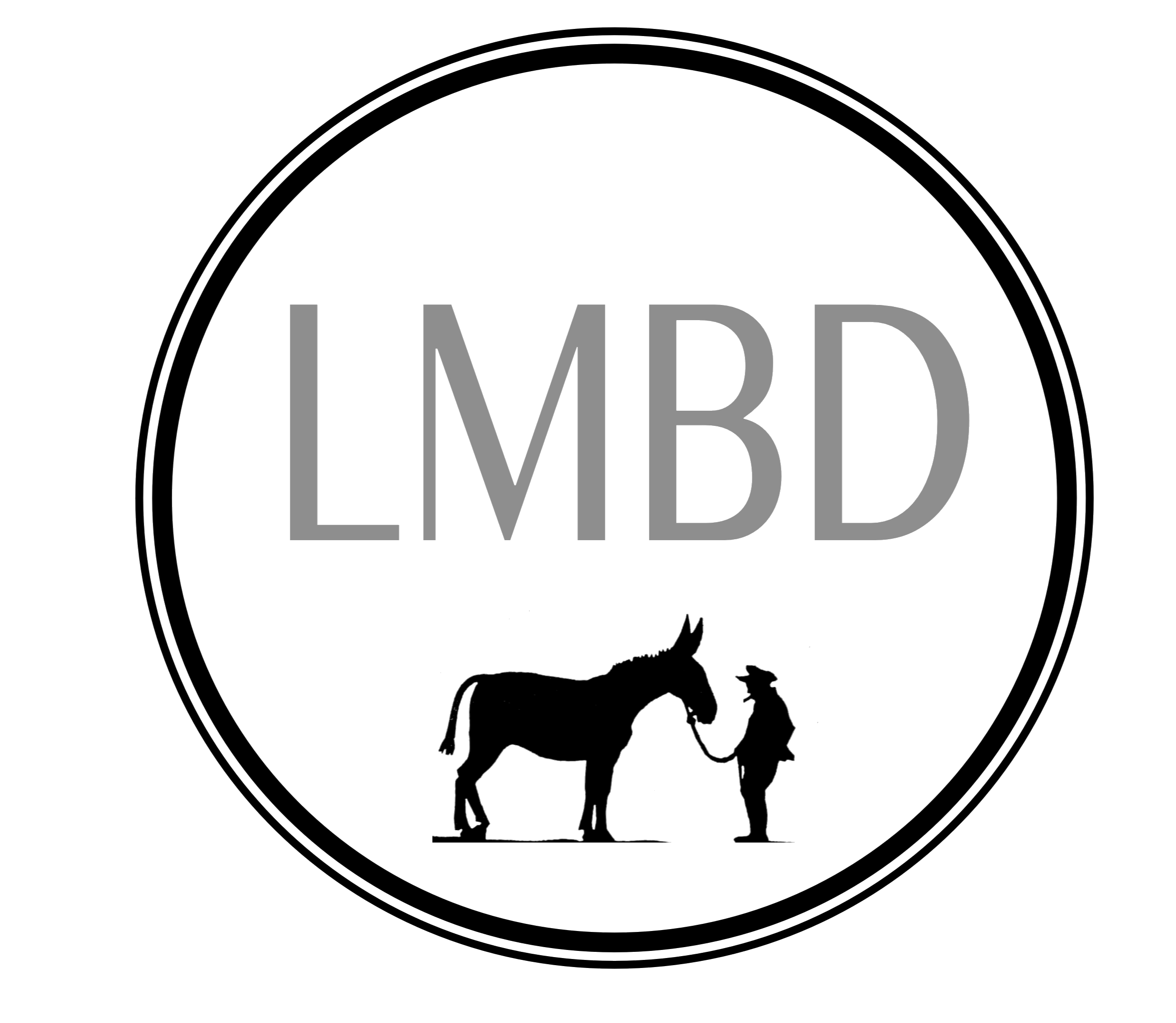The run up to Armistice Day is truly the season of duff military history, so on that theme, I thought I’d share some of my top equine myths of the First World War…
1. ‘The British Army requisitioned all the horses in the country’
There seems to be a belief that in 1914 the British Army robbed farms across the country of all their working horses, leaving them unable to work the land and the agricultural industry in turmoil. The myth persists, I think in part due to depiction of the Army requisition scheme – otherwise known as ‘impressment’ – in film and TV. In reality, the British Army impressment scheme had specific exceptions regarding horses working in agriculture and transport (which at the time was of course highly dependent on horse power). The scheme saw 165,000 horses requisitioned by the military in just under 2 weeks, but there was a clear understanding that horses were vital to work on the land. In addition, native heavy draught breeds commonly used by farmers were not preferred by the British Army, who favoured the light draught or clean legged Percheron for work on the front line. Of the 231,683 heavy breeds registered in the 1912-1913 horse census, only 16,670 were impressed. Whilst there were a few ‘over-enthusiastic’ remount officers, generally the mobilisation of horses in Britain was completed with little disruption to commercial and agricultural life.

2. ‘The Australian Light Horse shot all their horses at the end of the war’
This is a popular one! The idea that after the Armistice, troopers of the Australian Light Horse regiment were so reticent to see their beloved mounts sold to the local population (for fear of them being cruelly treated) that they instead decided to shoot them in great numbers, sparing them a life of suffering. This, is simply untrue. The relationship between men of the ALH and their horses has become subject to much myth making over the years, part of the wider ‘Anzac legend’. There is a belief that the ‘mateship’ so commonly associate with the Anzacs, extended to their horses and that they shared a bond above and beyond any that existed between man and horse of any other nation. However, recent scholarship has shown that in the British Army, the soldier-horse bond was deeply important and highly valued. In addition, the idea that Anzac soldiers were more natural horsemen than the soldiers of other nations has little factual basis…
But back to the equine mercy killings… Over 120,000 horses were exported from Australia during the war with around 10,000 present in the Middle East by the end of 1918. A decision was made that due to distance, cost and complexities of quarantine that these would not be returned to Australia, instead, like all surplus British Army horses at the end of the war, they were graded according to fitness and age to determine their fate. Older or severely unsound horses were graded for destruction – just over 3,000 of the AIF’s mounts were graded thus – these animals were shot by working parties under the command of a veterinary officer but there was certainly no mass euthanasia of AIF’s horses for any other reason.

© IWM. Original Source: http://www.iwm.org.uk/collections/item/object/205213127
3. ‘The Cavalry were out dated and had no place on the First World War battlefield’
Another myth that has been perpetuated over the years by romanticised and inaccurate film and TV depictions of the war, is the idea that an anachronistic British cavalry were sent into battle by blundering Generals, and easily slaughtered in great numbers by a more advanced, mechanised enemy. In 1997 The Marquess of Anglesey wrote that ‘justice has never been done to the part played by the cavalry in France and Flanders during the years 1915-1918’ and whilst since then works by Stephen Badsey and David Kenyon have outlined in great detail the value and credibility of the cavalry during the Great War, there has been little progress made in debunking this myth in the eyes of the general public.
Oscar Wilde once wrote that ‘horses, you see, belong to the vanished agricultural past, and all sentiment for the past carries with it the vague smell of heresy’ and for me, this is part of the reason why many people find it difficult to accept that the cavalry were a tactically effective and valuable part of the British Army in the First World War – a war so often defined by mechanisation. Debunking this myth is a post in itself, so I won’t go into great detail but the bottom line is that the cavalry remained the only viable arm of exploitation of the British Army throughout the war and were quick to adapt to the changing nature of warfare witnessed during the Great War.

4. ‘8 million horses died during the First World War’
I have seen this statistic banded around like nobody’s business but I cannot for the life of me find from where it originates, and the statistics available for France, Britain, US, Germany, Italy and Austria don’t come close to this figure, in fact, there is a margin of error of around 4 million! Whilst nailing down the exact number of equines killed in the First World War is impossible (as civilian animals deaths were not recorded) we can make an educated estimate using figures available from various nations. The following table lists the most generous figures I could find of equine military wastage during the war (which often includes animals cast/sold as well as those that were killed):
| Country | Equine wastage |
| France | 758,507 |
| Germany | 900,000 |
| Britain | 529,564 (cast, sold, died, destroyed, missing) |
| United States | 63,369 |
| Italy | 76,000 |
| Austria | 1,500,000 |
| Total | 3,827,440 |
Even giving generous estimates to the losses of other nations involved, 8 million killed seems a long way off, and more to the point finding this figure in print in any official documentation has proved a fruitless exploit.
Undoubtably many horses were killed during the war and their deaths should be remembered but I’m going to stick my head above the parapet and call out this ‘8 million dead’ statistic often used by animal welfare organisations.
These are my top 4 myths but there are of course many others kicking about! To balance it out, here are 4 books that for me are absolutely essential in understanding the really history of the horse in the First World War:
Jane Flynn – Soldiers and Their Horses: Sense, Sentimentality and the Soldier-Horse Relationship in the Great War (Routledge, 2020)
Graham Winton – Theirs Not To Reason Why: Horsing the British Army 1875-1925 (Helion, 2013)
David Kenyon – Horsemen in No Man’s Land: British Cavalry & Trench Warfare 1914-1918 (Pen & Sword, 2011)
Michael Tyquin – Forgotten Men: The Australian Army Veterinary Corps 1909-1946 (Big Sky Publishing, 2011)


Wonderful post on myth-busting with compelling research—thanks for sharing.
LikeLike
Great read! Entertaining and informative. I do love a bit of myth-busting.
LikeLike
Thank you for doing this research so that we can understsand better the actual facts of WW1
LikeLike
Wow that was unusual. I just wrote an really long comment but after I clicked submit my comment didn’t show up. Grrrr… well I’m not writing all that over again. Anyhow, just wanted to say wonderful blog!
LikeLike
Thanks for the sensible critique. Me & my neighbor were just preparing to do some research on this. We got a grab a book from our local library but I think I learned more from this post. I’m very glad to see such fantastic info being shared freely out there.
LikeLike